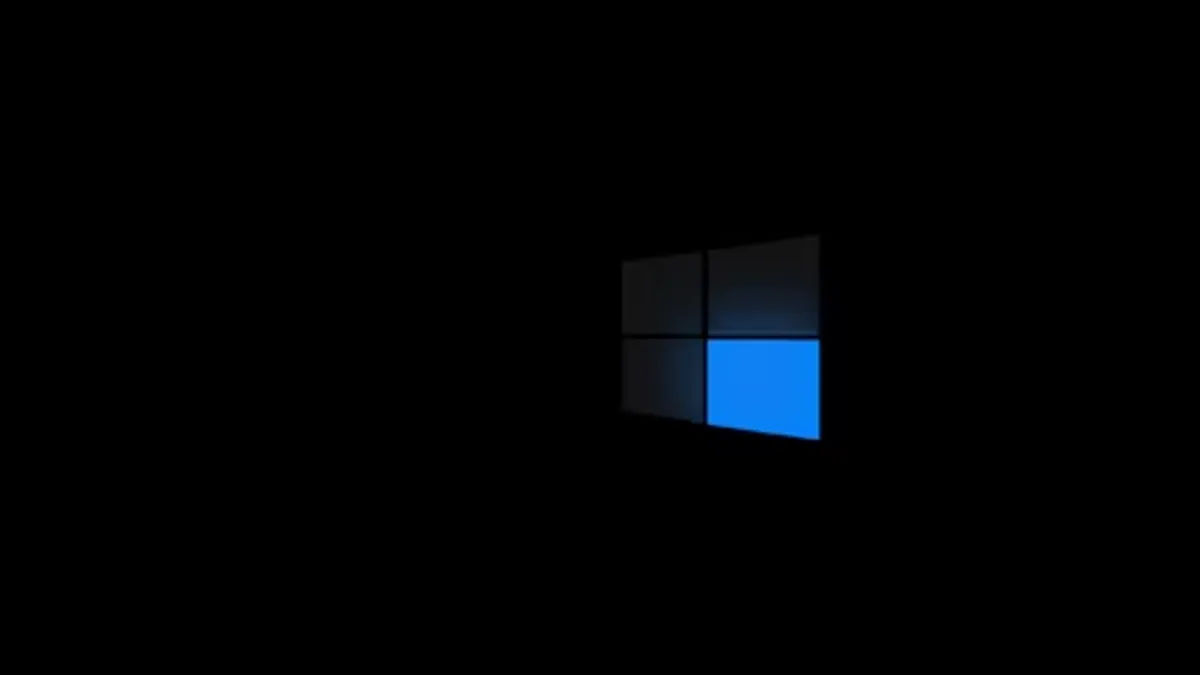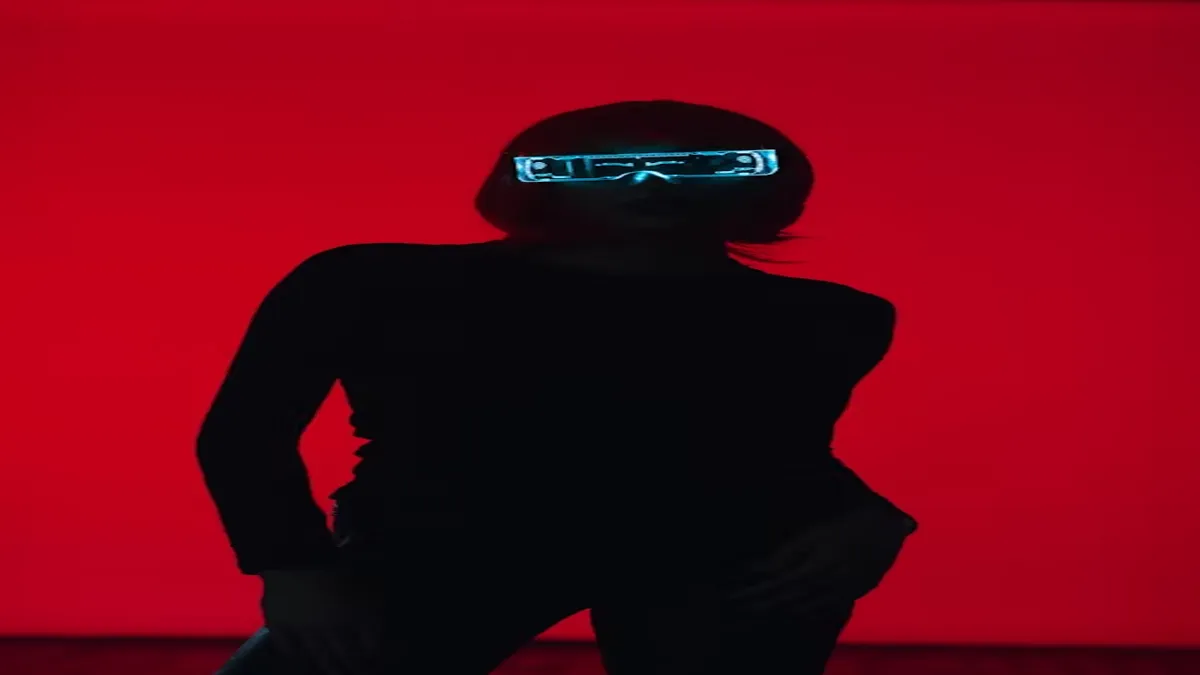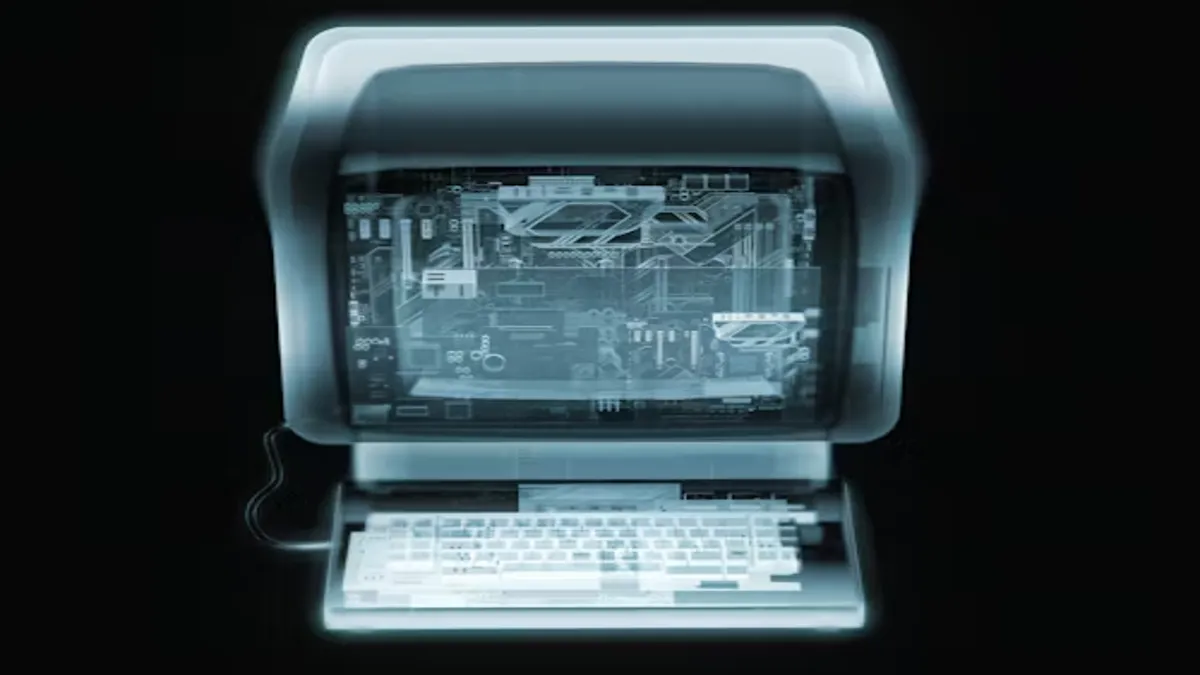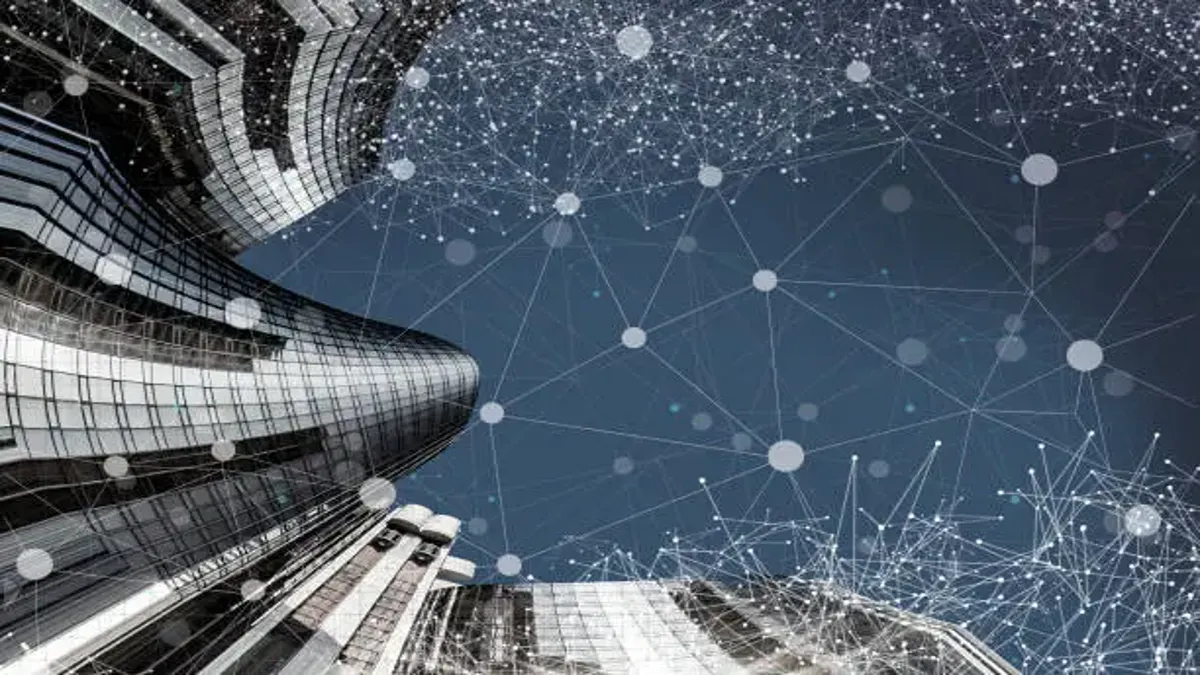When Microsoft rolled out KB5058411 in May 2025, the patch notes read like routine maintenance: a cumulative update to “improve security and reliability.” But within the fine print lay an unspoken revolution. The download weighed more than 4 gigabytes — five times the size of typical monthly patches — and quietly embedded a suite of AI frameworks and system-level learning tools.
For years, Windows updates had been the plumbing of personal computing, unseen yet essential. KB5058411 changed that. It blurred the line between bug fix and feature expansion, between repair and reinvention. What arrived as a patch behaved more like a platform upgrade, signaling Microsoft’s belief that AI should live inside the operating system itself.
The update’s impact rippled far beyond IT departments. For everyday users, it was an overnight download; for policy experts, a case study in digital consent; for security engineers, a stress test of Microsoft’s patch delivery infrastructure. Forums filled with questions: Why was the update so large? Why install AI components on machines without the hardware to run them? Was Windows still an operating system — or had it become a service with a mind of its own?
This feature unpacks the story of KB5058411 as a moment in technological evolution. Through expert analysis, a detailed interview inside Microsoft’s research labs, and a look at the cultural ripple effects, we trace how a single update quietly redefined the relationship between users, machines, and the code that connects them.
Interview Section
“Patching the Machine” — A Conversation with Dr. Priya Rao, Microsoft Research Cambridge
Date & Location: June 4 2025 | 3 p.m. | Cambridge, UK
Rain slid down the tall windows of a conference room overlooking the River Cam. Dr. Priya Rao, Senior Researcher in Operating Systems and Security, sat beneath a soft LED halo, a tablet open to colorful graphs of update telemetry. Across from her, technology correspondent Alex Turner clicked a pen, his voice barely audible above the steady hum of servers.
Turner: Dr. Rao, users are calling KB5058411 “the largest patch ever.” Was that planned?
Rao: (smiling) It was anticipated. We’re bundling AI service modules for devices equipped with neural processors. Even if your PC can’t run them yet, the system is ready for the future. That readiness adds weight.
Turner: Some say you delivered more than users asked for.
Rao: Every update is a promise and a burden. People want security and innovation at once. To deliver both, we must build forward.
Turner: But was there enough transparency? Many didn’t know AI files were included.
Rao: Fair point. We’re experimenting with modular distribution so users can opt out of non-critical modules. This is the start of that conversation.
Turner: How do you define success for an update like this?
Rao: When it disappears into routine. If users forget about it but benefit from its stability, we’ve done our job.
Turner: And yet, this update didn’t go unnoticed.
Rao: (laughs softly) Then maybe we made history accidentally. Software is alive now; it evolves like a living organism. That means change feels personal.
As the rain lightened, Dr. Rao folded her hands. “Technology,” she said, “is a relationship. Every update tests trust. KB5058411 was our way of asking for it again.”
Production Credits: Interview by Alex Turner | Edited by Christine Wong | Recorded with Zoom H6 | Transcribed June 5 2025.
Reference (APA): Rao, P. (2025, June 4). Interview on Windows update KB5058411 and ecosystem change. Microsoft Research Cambridge, UK.
The Update’s Core
KB5058411 did three things at once: patched vulnerabilities, refreshed the servicing stack, and prepared Windows for AI-driven functions. Behind that triple role lay a strategic pivot — treating the operating system as a dynamic service rather than a static product.
Traditionally, patches fix mistakes. This one predicted needs. Its AI modules enable semantic search, image classification, and contextual recall features for next-generation hardware. Even on unsupported machines, the binaries reside quietly in system directories, awaiting activation.
That philosophy reflects a broader shift inside Microsoft — from reactive to anticipatory engineering. Each update now contains code for hardware still on the assembly line. As Dr. Simon Walker, a systems architect, puts it, “Updates are no longer endpoints of innovation; they’re launch pads for features the hardware hasn’t caught up to yet.”
Adoption and Aftermath
By June 2025, over 85 percent of eligible Windows 11 devices had installed KB5058411. Most users noticed nothing beyond a longer boot time and a smoother File Explorer. But a vocal minority faced errors and driver conflicts. Enterprise admins reported installation failures linked to old security software, while creative professionals complained of rendering issues in certain languages.
For Microsoft, the numbers still qualified as a victory. For users, it became a lesson in digital dependency: even a routine update can reshape daily workflow. In offices worldwide, IT teams rehearsed a new ritual — pilot tests, rollback plans, and coffee on standby. The hum of servers patching in sync became the soundtrack of trust rebuilding itself each month.
AI at the System Level
The true innovation of KB5058411 was invisible. Buried in its files were machine-learning models for semantic analysis, image search, and context recall — components that transform Windows from a passive OS into an adaptive environment. When connected to future NPUs, these modules will enable the system to anticipate user needs.
Yet their presence on every device sparked debate. Security researcher Dr. Allison Brooks called it “consent by silence,” warning that downloading AI code without explicit opt-in compromises informed choice. Microsoft’s defense: uniform delivery simplifies updates and ensures compatibility.
The tension reveals a new frontier in software ethics: how to balance efficiency with autonomy. If your computer updates to become smarter without asking, is that progress or paternalism?
Security and Servicing Stack
The update also reinforced the Servicing Stack — the component that validates future patches. Tomas Egan, a cyber-operations manager, describes it as “the immune system of Windows.” When healthy, it allows smooth updates; when corrupted, it renders a machine vulnerable for months.
By bundling the Servicing Stack with the Cumulative Update, Microsoft reduced dependency failures. But it also merged critical and optional components into a single download, amplifying risk in case of failure. One bad package could stall security and AI progress simultaneously.
To many engineers, that design feels inevitable — and dangerous. As one administrator quipped, “Patch Tuesday is now Product Tuesday.”
Comparative Tables
| Aspect | Previous Monthly Updates | KB5058411 (May 2025) |
|---|---|---|
| Average Size | ≈ 800 MB | ≈ 4.3 GB |
| Contents | Security & bug fixes | Security + AI models + Servicing Stack |
| Distribution | Selective by hardware | Universal bundle |
| User Control | Moderate | Limited (modules pre-installed) |
| Purpose | Maintenance | Platform evolution |
Timeline of Windows 11 Major Updates
| Year | Update ID | Core Innovation | Notable Impact |
|---|---|---|---|
| 2021 | KB5006674 | First major Windows 11 rollout | New UI and hardware baseline |
| 2023 | KB5030219 | Security and Copilot integration | Introduced AI assistive layer |
| 2025 | KB5058411 | Cumulative AI and Servicing Stack Fusion | Reframed updates as platform evolution |
Expert Perspectives
- Dr. Simon Walker, Cyber Systems Centre: “When patches add features, consent is implicit. That changes the ethics of maintenance.”
- Karen Liu, Enterprise IT Analyst: “Updates are now communication of strategy. They reveal corporate philosophy in code form.”
- Dr. Allison Brooks, Security Researcher: “Uniform AI deployment saves time but erodes choice.”
- Tomas Egan, Ops Manager: “Servicing stack health is the heartbeat of security. Ignore it and the whole organism fails.”
Together, they frame KB5058411 as less a patch and more a manifesto for the future of connected software.
Governance and Transparency
As updates grow in complexity, transparency becomes the currency of trust. Dr. Lydia Hart, policy scholar, notes: “Automatic updates once protected users; now they reshape rights. Regulators must treat patches as policies.”
The debate over digital consent is no longer abstract. When AI frameworks install by default, users effectively sign new terms without realizing it. Future governance may require explicit disclosure of functionality beyond security fixes.
The User Experience
For most people, KB5058411 was a quiet night’s download. Yet its scale turned ordinary maintenance into a shared social moment — Reddit threads buzzing with screenshots, office chat channels timing reboots. Some called it “Update Fatigue Manifesto.” Others shrugged and made tea.
The act of updating has become modern ritual — a pause between versions, a trust exercise in invisible labor. Users wait, reboot, and hope the desktop returns. Each successful login is a collective exhale.
Culture and Meaning
KB5058411 transcends its technical domain. It symbolizes a cultural truth: we live inside software that never sleeps. Sociologist Dr. Naomi Reyes writes, “Cities and code now share a rhythm — both undergo construction while citizens inhabit them.” Updates are the new infrastructure work of digital life.
For Microsoft, that means perpetual engagement. For users, perpetual adaptation. Every patch teaches machines to anticipate us, and teaches us to accept change as default.
Timeline of Evolution
Timeline of Windows 11 Major Updates
| Year | Update ID | Core Innovation | Notable Impact |
|---|---|---|---|
| 2021 | KB5006674 | First major Windows 11 rollout | New UI and hardware baseline |
| 2023 | KB5030219 | Security and Copilot integration | Introduced AI assistive layer |
| 2025 | KB5058411 | Cumulative AI and Servicing Stack Fusion | Reframed updates as platform evolution |
Key Takeaways
- Updates are now platform events, not mere repairs.
- AI is entering the operating system core — with ethical trade-offs.
- Servicing stack health determines future patch success.
- Transparency equals trust — disclosure must evolve.
- Digital sustainability matters — update size equals energy cost.
- User literacy in updates will define security resilience.
Conclusion
In the long arc of software history, KB5058411 will be remembered as the update that blurred maintenance and innovation. What once existed as invisible background work became an assertion of direction — toward a world where operating systems think, adapt, and learn.
But such ambition carries responsibility. Trust in updates depends not only on code integrity but on candor. The engineers who built KB5058411 see it as a bridge to AI-native computing; users see it as a test of control. Between those perspectives lies the new frontier of human-computer relations: collaboration through code, governed by consent.
Each reboot after KB5058411 is more than a restart; it’s a quiet affirmation of faith in the unseen. The real story is not the update itself, but what it represents — that the future of computing will not arrive through new devices or dramatic launches, but through quiet, cumulative downloads that reshape the world one patch at a time.
FAQs
1. What is KB5058411?
A major cumulative update for Windows 11 (May 2025) combining security fixes, AI modules, and servicing-stack improvements.
2. Why is it unusually large?
Because it integrates preinstalled AI frameworks designed for future hardware compatibility.
3. Can users disable AI modules?
Not directly; future modular options are planned to allow selective installation.
4. Were there known issues?
A small percentage experienced driver and font issues, quickly mitigated by hotfixes.
5. Why does it matter?
KB5058411 represents the convergence of AI and system architecture — marking the next stage of Windows evolution.
References (APA Style)
Brooks, A. (2024). Bundled intelligence: On AI modules and OS update policy. Security Research Quarterly, 13(4), 79–93.
Egan, T. (2025). Servicing stack essentials: Why the SSU matters in patch management. CyberOps Review, 9(2), 44–59.
Hart, L. (2024). Platform policy and digital governance. Policy & Technology Review, 19(1), 88–101.
Liu, K. (2024). Enterprise risk and update governance. Journal of Information Infrastructure, 15(2), 61–75.
Rao, P. (2025, June 4). Interview on Windows update KB5058411 and ecosystem change. Microsoft Research Cambridge, UK.
Reyes, N. (2025). Urban metaphors in digital governance: Software as city. Sociology of Technology Review, 22(3), 133–148.
Walker, S. (2024). Feature-driven updates: The future of the operating system. Centre for Cyber Systems White Paper.











